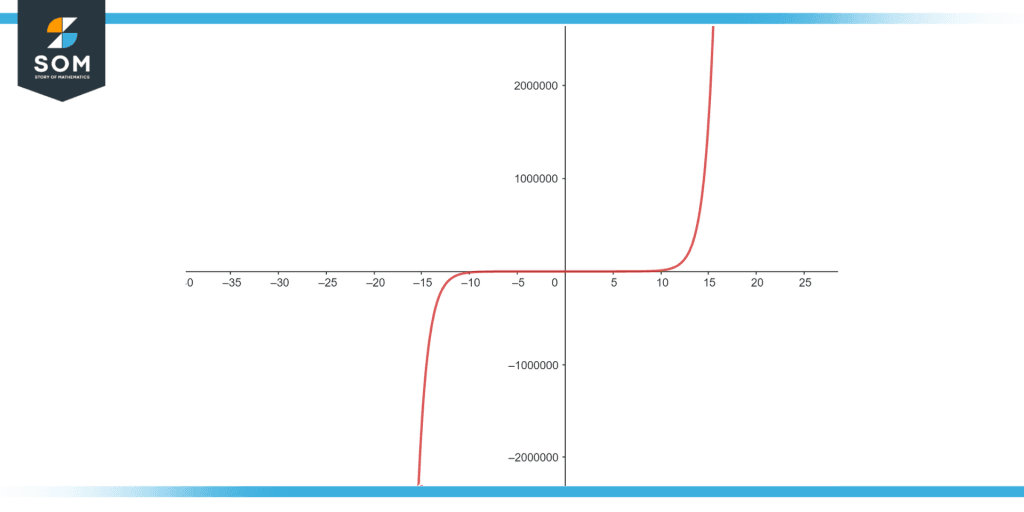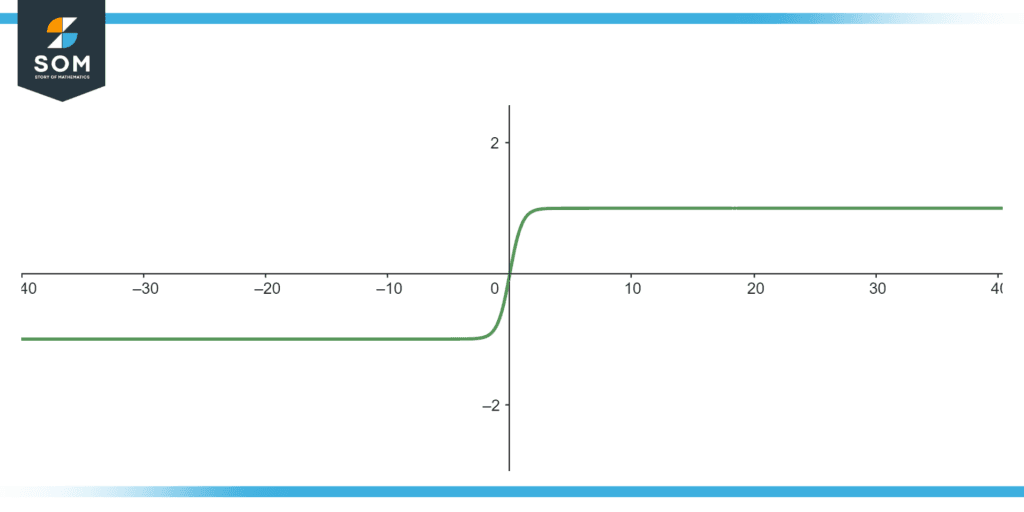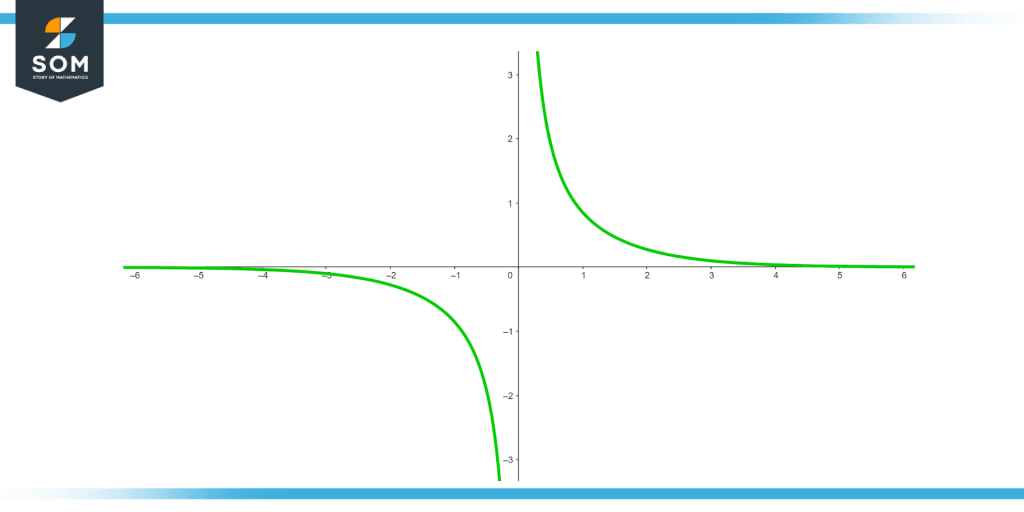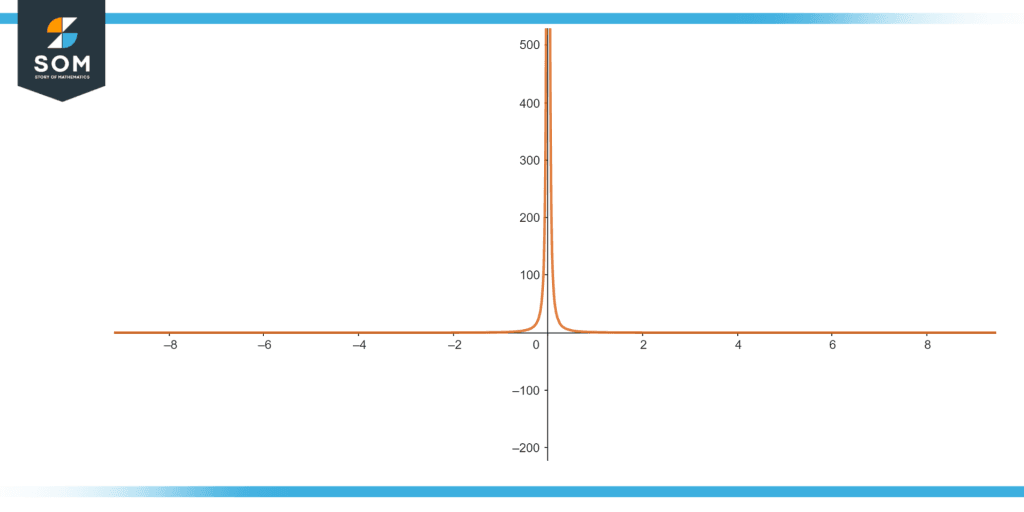JUMP TO TOPIC
- Definition
- What Is a Hyperbolic Cosecant Function?
- Well-known Characteristics of the Hyperbolic Cosecant Function
- Hyperbolic Cosecant Function for Special Values
- Derivative of Hyperbolic Cosecant Function
- Representation of Hyperbolic Cosecant in Series
- Integral of Hyperbolic Cosecant Function
- Hyperbolic Cosecant Function of an Addition or a Subtraction
- Hyperbolic Cosecant Function of a Multiple
- Hyperbolic Cosecant Function of a Half Angle
- Addition and Subtraction of Direct Functions
- Multiplication of Direction Functions
- Applications of Hyperbolic Cosecant Functions
- An Example of the Csch Function
Csch|Definition & Meaning
Definition
If y is a real number, the csch or hyperbolic cosecant function can be defined with the help of the following equation:
\[ \operatorname {csch}(\mathrm {y}) =\frac{2} {e^y – e^{-y}} \]
The hyperbolic functions can be thought of as being analogous to either the trigonometric functions or the circular functions. In most cases, the hyperbolic functions are expressed by the algebraic formulas which involve the exponential term (ey) and its inverse (e-y), where e refers to Euler’s constant. There are six hyperbolic functions in total namely cosh (y), sinh (y), tanh (y), coth (y), csch (y), sech (y). Graphical illustration of sinh (y) and tanh (y) are shown below as an example.

Figure 1: Illustration of Sinh (y)

Figure 2: Illustration of tanh (y)
In this article, we will discuss the hyperbolic cosecant function, its properties, characteristics, and its various representations.
What Is a Hyperbolic Cosecant Function?
Hyperbolic cosecant function, abbreviated as csch, is a hyperbolic function. The simplest definition of cosecant hyperbolic function is that it is the inverse form of the hyperbolic sine function. The mathematical form of the relation is shown below.
\[ \operatorname {csch} (y) = \frac {1} {\operatorname {sinh} (y)} = \frac{1} {\frac{e^y – e^{-y}} {2}} = \frac{2}{e^y – e^{-y}} \]
Hyperbolic cosecant of function f (y) = csch (y) is visually illustrated in the below diagram.

Figure 3: Graphical Representation of Hyperbolic Cosecant Function
Representation via Other Mathematical Functions
We can mathematically describe the hyperbolic cosecant function with some other mathematical functions that are more generic in nature. As we have already seen that the hyperbolic cosecant function could also be described as the inverse of the hyperbolic sine function. Similarly, hyperbolic cosecant can also be described as an inverse of some other special functions as described below:
\[ \operatorname {csch} (\mathrm{y}) = \frac{1} {y_0\left(\begin{array} {ll}3 & y^2 \\ 2 & 2\end{array}\right)} \]
\[ \operatorname {csch} (\mathrm{y}) = \sqrt{\frac {2} {\pi}} \ frac{i} {\sqrt{i \cdot y} \cdot j_{\frac{1}{2}} \cdot(i \cdot y)} \]
\[ \operatorname {csch} (\mathrm{y}) = \sqrt{\frac {2} {\pi}} \frac{i} {\sqrt{y} \cdot j_{\frac {1}{2}} \cdot(y)} \]
\[ \operatorname {csch}(\mathrm{y})=\sqrt{\frac{2}{\pi}} \frac{i}{\sqrt{i \cdot y} \cdot Y_{\frac{1}{2}} \cdot(i \cdot y)} \]
\[ \operatorname {csch}(y) = \sqrt{\frac{2} {\pi}} \frac{i} {\sqrt{y} \cdot j_{\frac{1}{2}} \cdot(y)} \]
\[ \operatorname {csch} (\mathrm{y}) = \frac{\sqrt{\frac{2} {\pi}}} {\sqrt{y} \cdot L_{\frac{1}{2}} \cdot(y)} \]
\[ \operatorname {csch}(\mathrm{y}) =\frac{i} {Se\ (1,0,i,y)} \]
Well-known Characteristics of the Hyperbolic Cosecant Function
Hyperbolic Cosecant Function for Special Values
The results of the hyperbolic cosecant functions against particular numbers of its argument can be determined simply from the related values of the spherical cosecant in the particular points of the circle. These values are as follows:
\[ csch(0) = ∞ \]
\[ csch \binom{\pi i} {2} = -I \]
\[ csch \left(\pi i\right) = ∞ \]
\[ csch \left(\frac{3\pi i} {2}\right) = -I \]
\[ csch \left(\frac{\pi i} {6}\right) = -2i \]
\[ csch \left(\frac{2\pi i} {3}\right) = \frac{2i} {\sqrt3} \]
\[ csch \left(\frac{7\pi i} {6}\right) = -2i \]
\[ csch \left(\frac{5\pi i} {3}\right) = \frac{2i} {\sqrt3} \]
\[ csch \left(\frac{\pi i} {4}\right) = -\sqrt2i \]
\[ csch \left(\frac{3\pi i} {4}\right) = -\sqrt2i \]
\[ csch \left(\frac{5\pi i} {4}\right) = \sqrt2i \]
\[ csch \left(\frac{7\pi i} {4}\right) = \sqrt2i \]
\[ csch \left(\frac{7\pi i} {4}\right) = \sqrt2i \]
\[ csch \left(\frac{\pi i} {3}\right) = -\frac{2i} {\sqrt3} \]
\[ csch \left(\frac{5\pi i} {6}\right) = -\ 2i \]
\[ csch \left(\frac{4\pi i} {3}\right) = \frac{2i} {\sqrt3} \]
\[ csch \left(\frac{11\pi i} {6}\right) = 2i \]
Derivative of Hyperbolic Cosecant Function
The first-order derivative of the hyperbolic cosecant function can be expressed using the hyperbolic cotangent function (coth), as described below:
\[ \frac{\partial\operatorname {csch} {(y)} } {\partial y} = – coth(y) cosch(y) \]
Whereas the nth order derivative of the Hyperbolic cosecant function can be expressed as shown below:
$\frac {\partial\operatorname {csch} {(y)} } {\partial y} = \\ cosch(y) \left(\delta_n+\left(n+1\right)!\ \sum_{K=0}^{n}\sum_{j=0}^{\left(\frac{k-1} {2}\right)} \frac{\left(\left({-1}^j\right)i^{-k-n}2^{1-k}\left(k-2j\right)^n{csch}^k\left(y\right)\right) cosh\left(\frac{1}{2} i\pi\left(n-k\right)+\left(k-sj\right)y\right)} {\left(k+1\right)\ j!\left(k-j\right)! \left(n-k\right)!}\ \right) $
Following is the Graphical illustration of derivative of Hyperbolic Cosecant of Function.

Figure 4: Illustration of Derivative of Cosech
Representation of Hyperbolic Cosecant in Series
Hyperbolic cosecant function can be expressed in the Laurent series expansion in the following manner. The series converges for all the finite numbers y where 0 < |y| < π.
\[ csch = \frac{1} {y} – \frac{y} {6} + \frac {7y^3}{360} – …… = \frac{1} {y} – \sum_{K=1}^{\infty}\frac{2\left(2^{2k-1}-1\right)B_{2k}\ Y^{2k-1}} {\left(2K\right)!} \]
Here 2k represents Bernoulli numbers.
Integral of Hyperbolic Cosecant Function
The hyperbolic cosecant function can also be represented through definite integral through the following equation:
\[ csch(y) = \frac{i} {\pi} \int_{0}^{\infty} {\frac{1}{t^2+t}t^\frac{iy} {\pi}}dt \]
Hyperbolic Cosecant Function of an Addition or a Subtraction
The addition or a subtraction argument of a hyperbolic cosecant function can be expressed using the hyperbolic cosine and hyperbolic sine function as shown in the following equation:
\[ csch (x + y) = \frac{1} {\cosh{(y)}\sinh{\ \left(x\right)+\cosh{\left(x\right)\ } sinh(y)}} \]
\[ csch (x – y) = \frac{1} {\cosh {(y)}\sinh {\ \left(x\right)-\cosh {\left(x\right)\ } sinh(y)}} \]
Hyperbolic Cosecant Function of a Multiple
The hyperbolic cosecant function of multiple arguments such as “2y”, “3y” …… “ny” can be expressed through hyperbolic cosecant functions and hyperbolic secant function. Two examples of this case of multiple argument are shown below:
\[ csch (2y) = \frac{1}{2} csch (y) sech (y) \]
\[ csch (3y) = \frac{{csch}^3\ (y)}{{3csch}^2\ \left(y\right)\ +4} \]
Hyperbolic Cosecant Function of a Half Angle
We can express half angle of hyperbolic cosecant function through the following equation. The equation, however, is only applicable to the horizontal half of the strip:
\[ csch\ \left(\frac{y}{2}\right)\ =\ \frac{\sqrt2}{\sqrt{cosh(y)-1}} \]
For the full horizontal strip, half angle of hyperbolic cosecant function can be expressed through the following equation:
\[ csch\ \left(\frac{y}{2}\right)\ =\ \frac{\sqrt{{2y}^2}}{y\sqrt{cosh(y)-1}} \]
Addition and Subtraction of Direct Functions
We can express the addition of two direct hyperbolic cosecant functions through the following equation:
\[ csch\ (x)\ +\ csch\ (y)\ =\ 2\ sinh\left(\frac{x}{2}\ +\ \frac{y}{2}\right)\ cosh\ \left(\frac{x}{2}\ -\ \frac{y}{2}\right)\ csch\ (x)\ csch\ (y) \]
We can express the subtraction of two direct hyperbolic cosecant functions through the following equation:
\[ csch\ (x)\ -\ csch\ (y)\ =\ -2\ sinh\ \left(\frac{x}{2}\ -\ \frac{y}{2}\right)\ cosh\ \left(\frac{x}{2}\ +\ \frac{y}{2}\right)\ csch\ (x)\ csch\ (y) \]
Multiplication of Direction Functions
We can express the multiplication of two direct hyperbolic cosecant functions through the following equation:
\[ csch\ (x)\ csch\ (y)\ =\ \ \frac{2}{cosh\ (a+b)\ -\ cosh\ (a\ -\ b)\ } \]
We can express the multiplication of hyperbolic cosecant function and hyperbolic secant functions through the following equation:
\[ csch\ (x)\ sech\ (y)\ =\ \ \frac{2}{sinh\ (a\ -\ b)\ +\ sinh\ (a\ +\ b)\ } \]
Applications of Hyperbolic Cosecant Functions
The hyperbolic cosecant function has numerous applications in various scientific fields including the field of mathematics and physics. The hyperbolic cosecant function is also employed in the research and understanding of water and sound waves.
An Example of the Csch Function
Find the derivative of the following function
\[ Z = 5 csch { \left(\frac{Y} {5}\right) } \]
Solution
Since we that:
\[ \frac{\partial} {\partial y}\operatorname {csch} {(y)} = – coth(y) cosch(y) \]
Therefore, we can find the derivative of the given problem as shown below:
\[ \frac{dz} {dy}=5\left(-csch\ \left(\frac{y} {5}\right)coth\left(\frac{y} {5}\right)\right).\frac{1} {5} \]
\[ \frac{dz} {dy}=5\left(-csch\ \left(\frac{y} {5}\right)coth\left(\frac{y} {5}\right)\right).\frac{1} {5} \]
\[ \frac{dz} {dy}=\ -csch\ \left(\frac{y} {5}\right)coth\left(\frac{y} {5}\right) \]
All images/mathematical drawings were created with GeoGebra.
